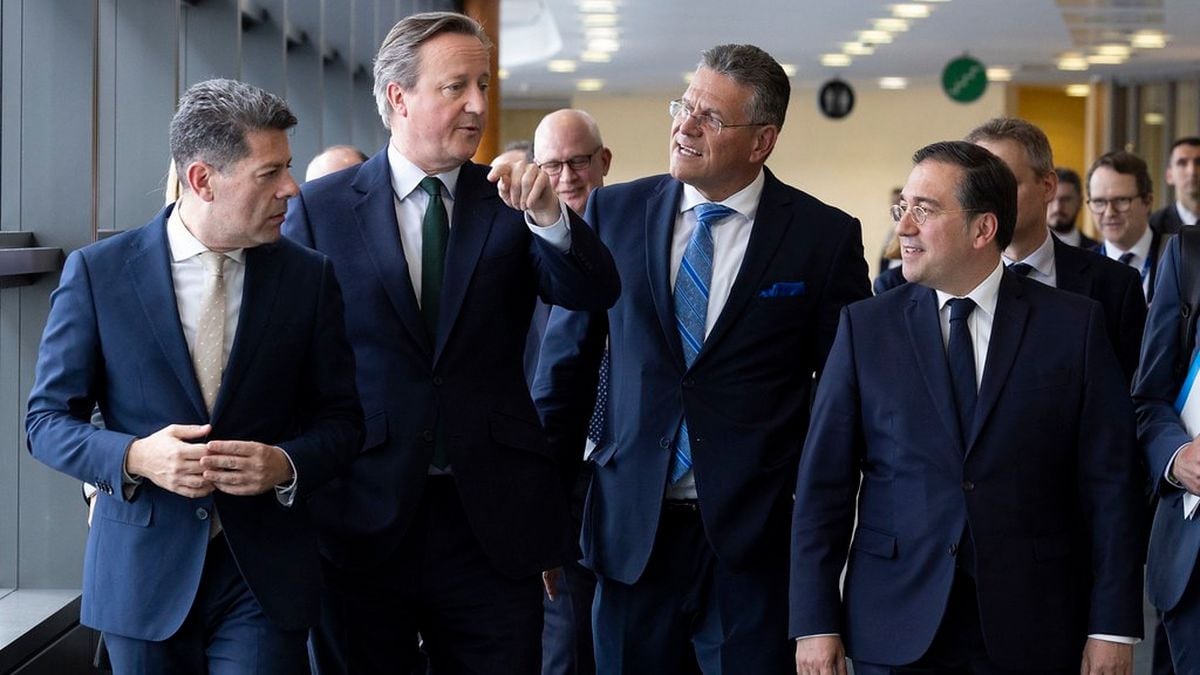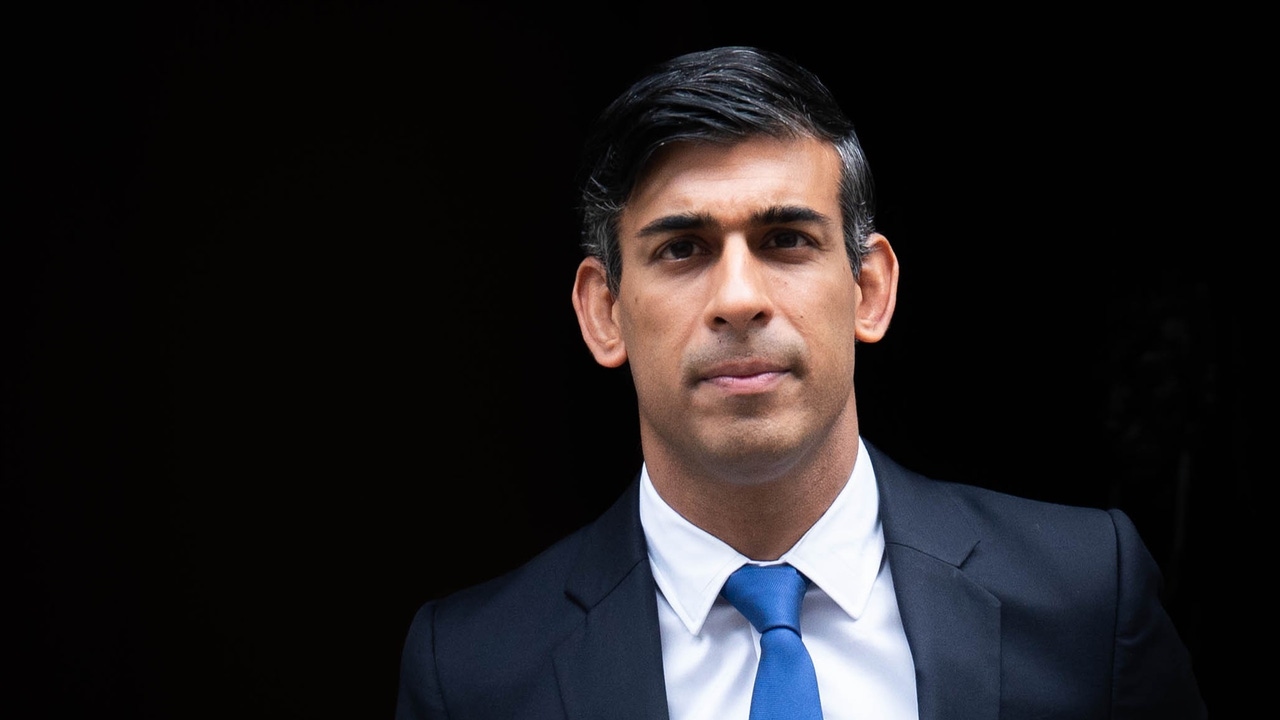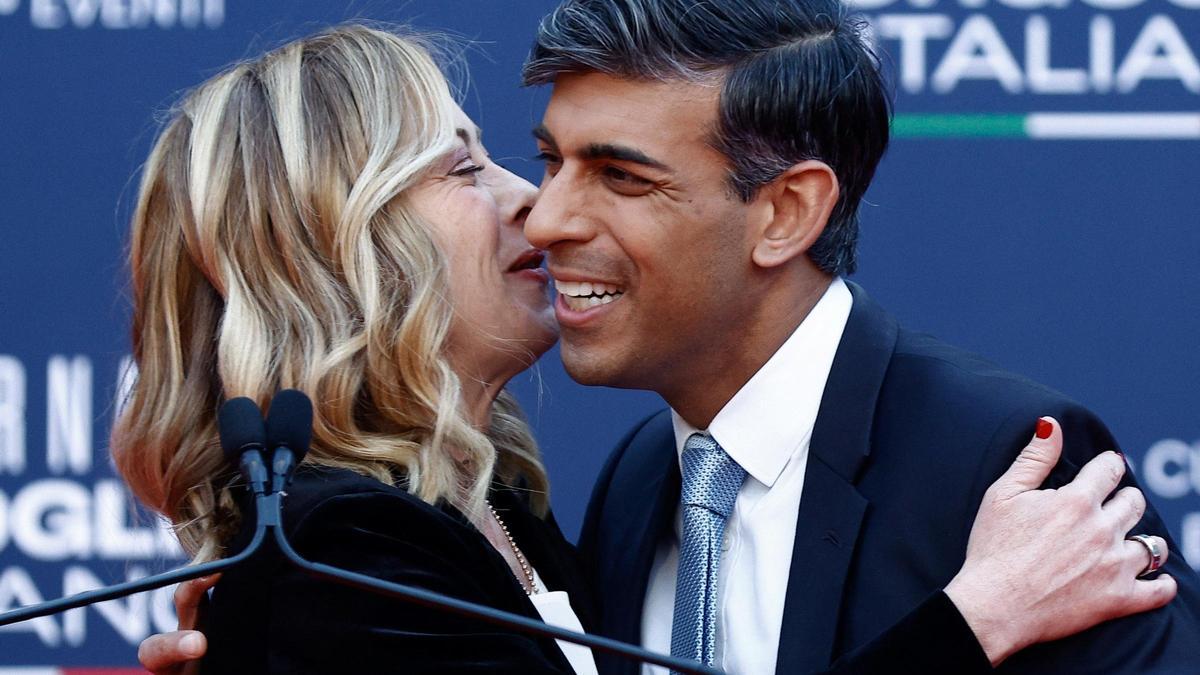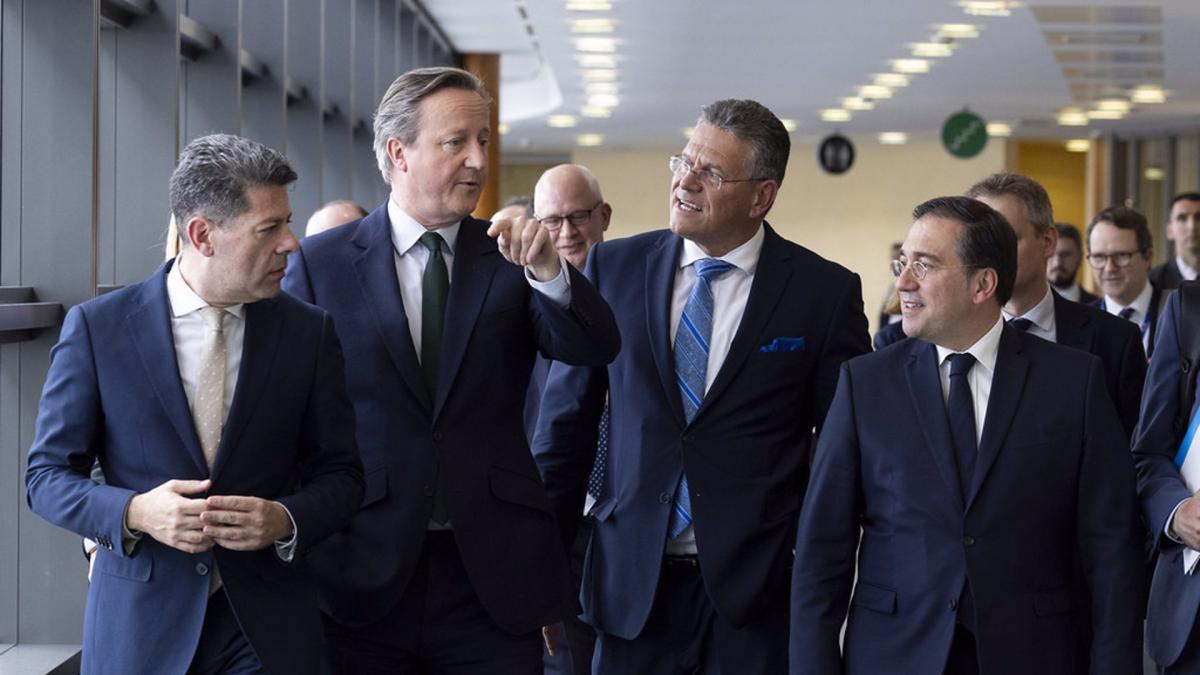Baghdad, July 28 (EFE).- The situation this Thursday in Baghdad appears calm after yesterday’s riots against dozens of followers of influential Shi’ite cleric Muqtada al Sadr in the Iraqi Parliament, but remain tense after the latest episode of political conflict. crisis in Iraq due to the halt in the process of forming a new government.
Security measures in the Iraqi capital’s Green Zone, where the Legislature and the country’s main institutional headquarters are located, have stepped up after demonstrators took over the Chamber for about three hours and left to obey calls from their leaders on social networks. .
However, the sword remains high in the fierce struggle between the two political sects of Shia, the country’s majority-populated branch of Islam, over the presidential election and the formation of a government.
They must be elected by Parliament which emerged from a vote last October, but this process is several months behind schedule and threatens to have unpredictable consequences.
MOST IMPORTANT LEGISLATIVE
The Sadrist bloc, led by Al Sadr, a populist cleric who enjoys overwhelming support from the most humble of Shia populations and who was one of the main figures in the fight against the 2003 US invasion, won the October election to reach 73 seats in a 329-member Chamber.
Its main rival, the Al Fatah Bloc, the political arm that unites pro-Iran militias, suffered an electoral setback by winning just 17 seats compared to 47 in the 2018 election.
SECTARIAN POWER SHARING SYSTEM
According to the sectarian system established in Iraq after the fall of dictator Saddam Hussein (1979-2003), the president of Parliament must be a Sunni Muslim, the prime minister a Shia and the head of state a Kurdish.
The Sadrist bloc made an alliance with the Kurdish majority party, the Kurdistan Democratic Party (PDK) and an alliance of Sunni forces, with which they achieved the re-election of Mohamed al-Halbusi as Parliament President in January.
PARLIAMENT BLOCK
However, he was unable to select a coalition of presidential candidates, who would then have to entrust the formation of government to the prime minister candidate proposed by the largest parliamentary group.
Although the coalition led by the Sadrists had a sufficient majority to elect the president, the Coordination Framework, the alliance of forces forged by the Al Fatah Bloc, garnered the necessary number of deputies to, in their absence, prevent the quorum needed to lead the vote. go out.
SADRIS Resignation
After several failed voting attempts, in early June Al Sadr ordered 73 of his deputies to resign from their seats with the aim, he said, of not becoming an obstacle to the formation of a government.
This tactical pullout allowed the Coordination Framework to gain a parliamentary majority, though it wasn’t until this week that it announced its prime ministerial candidate, Mohamed Shia al Sudani.
He has held positions in different governments and was already nominated to lead the government in 2019 following the fall of Adel Abdulmahdi’s Cabinet in the face of massive popular protests, although he had to give up in the face of protesters’ resistance.
Meanwhile, the resignation of Al Sadr’s deputies does not mean relinquishing his influence on power, but rather continuing pressure on the streets.
In a show of force, on July 15, he gathered hundreds of thousands of followers in Baghdad neighborhoods for Friday prayers.
AL SADR-AL MALIKI COMPETITION
Soon after, several audios allegedly leaked from the former prime minister and key figure of the Coordination Framework, Nuri al Maliki (2006-2014), were released, in which he attacked Al Sadr and assured that the British had plans to deploy him. took responsibility for Iraq and then “killed him and gave power to the Sunnis”.
Although Al Maliki denies the authenticity of the audio, this incident has sharpened the political crisis in Iraq and the rivalry between him and Sadr.
The presence, according to some Iraqi media, of the commander of Iran’s Revolutionary Guards’ Quds Force, Esmail Qaani, in Baghdad on Wednesday to mediate between the two did not prevent Sadrist from entering Parliament.
Moments after the attack, pictures of the former prime minister on the streets of Baghdad holding a rifle and surrounded by heavily armed men were posted on social networks, implying that he was willing to give battle to his arch-rival Shia. EFE
sy-ppa/pi
� EFE 2022. Redistribution and redistribution of all or part of the content of the EFE service is expressly prohibited, without the prior and express consent of Agencia EFE SA

“Web specialist. Incurable twitteraholic. Explorer. Organizer. Internet nerd. Avid student.”







